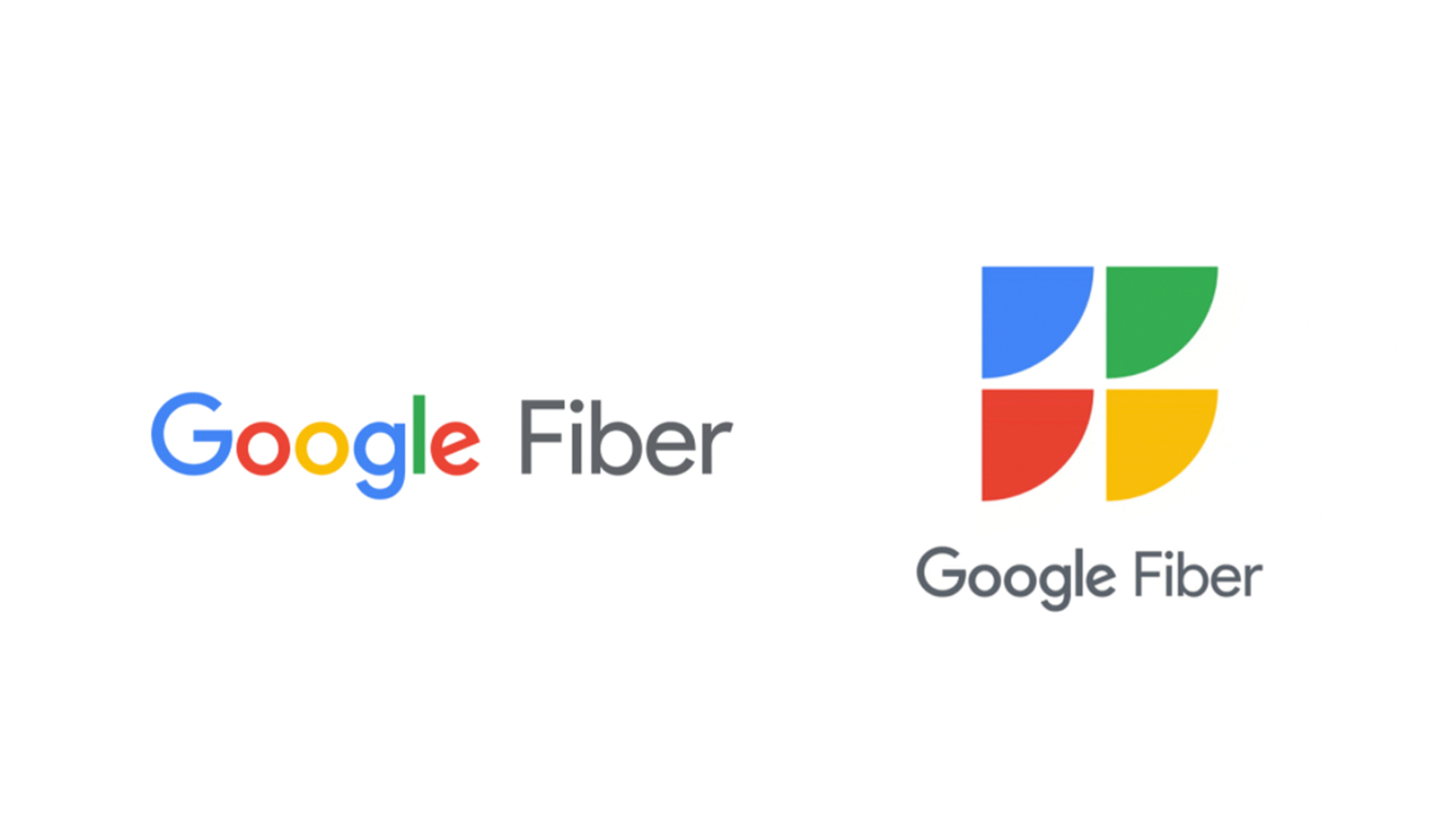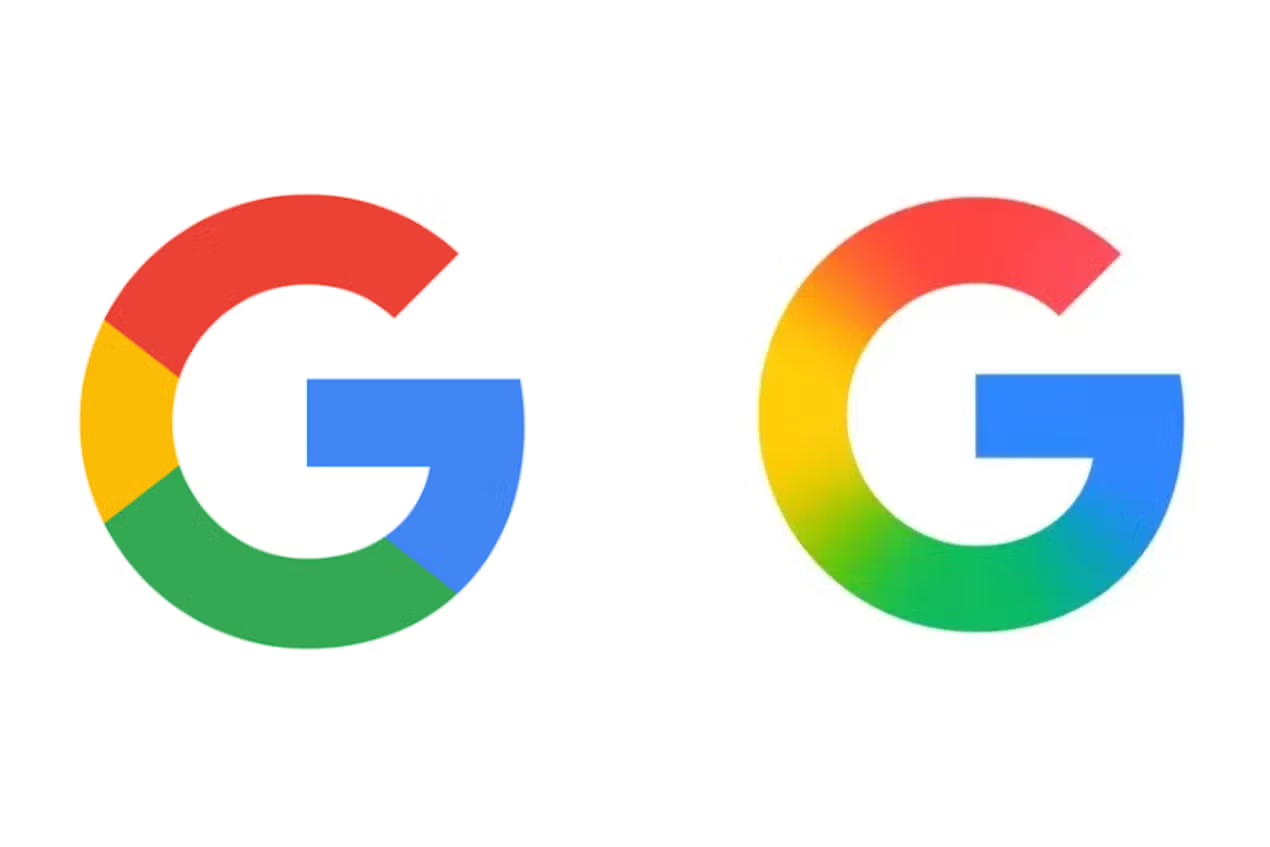

AI at the Core of Google’s Strategy
The logo update coincides with Google’s ongoing efforts to embed AI in its core products. In 2025, the company began testing a new AI-powered search experience that provides conversational summaries, a direct challenge to tools like ChatGPT.
Aligning the Google logo with Gemini’s visual style reinforces the company’s long-term investment in AI, signaling to users that AI will play a central role across all Google experiences—from search to workspace to mobile services.
” Google’s rebranding might be arriving too late to truly reposition itself in the AI arms race.
MOUTAA AL-MADANI
What Users Can Expect
With an estimated five billion users worldwide, this logo transition is expected to be one of the most visible design updates in the tech world this year. Users can expect to see the new icon on:
-
App stores and homescreens
-
Chrome browser tabs
-
Smart devices and Google services
Is Google’s Rebranding Too Late in the AI Race?
Google’s new logo may look like a cosmetic refresh—but it arrives at a moment of critical pressure. With AI tools like ChatGPT transforming how people access information, some are questioning whether Google’s move is reactive rather than visionary.
While the 2025 logo update brings visual alignment with Gemini, Google’s AI assistant, it also serves as a signal that the company is finally making branding and experience match its AI ambitions. The question is: Is it too late to recapture user trust in Google Search, as more people turn to AI chatbots for answers instead of links?
The company is now racing to adapt, testing AI-powered summaries in Search and deeply integrating Gemini across Android and Workspace. But the competitive landscape is no longer just about search dominance—it’s about becoming the most trusted source of answers in an AI-first world.
Conclusion: Has Google Missed the AI Wave?
As highlighted by Moutaa Madani, Google’s rebranding might be arriving too late to truly reposition itself in the AI arms race. While the visual overhaul and deeper Gemini integration aim to signal a new era, competitors like OpenAI, Anthropic, and Microsoft have already reshaped how users engage with information.
Madani argues that Google’s strength may no longer lie in AI-driven search, but in doubling down on infrastructure—especially through projects like Google Fiber, where the company can deliver real-world, high-performance connectivity. In a world being transformed by AI, speed and access may prove more valuable than branding alone.
The rebrand is bold, but whether it’s enough to reclaim leadership in the AI space remains uncertain. Google may need to do more than redesign—it may need to rethink where it truly leads.
Learn more about branding.

